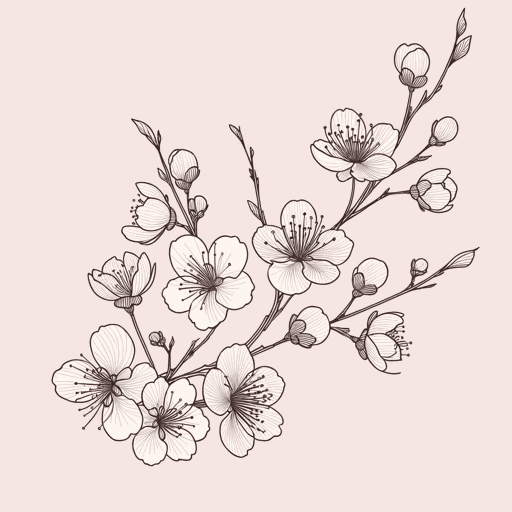52 pages • 1 hour read
Monica SoneNisei Daughter
Nonfiction | Autobiography / Memoir | Adult | Published in 1979A modern alternative to SparkNotes and CliffsNotes, SuperSummary offers high-quality Study Guides with detailed chapter summaries and analysis of major themes, characters, and more.
Themes
Issei and Nisei Experiences of Life in America
In his 1979 introduction to Sone’s memoir, Miyamoto makes a distinction between the Issei, first-generation Japanese immigrants, and their children, the Nisei, second-generation Japanese immigrants. The Issei organized a Japanese community in Seattle, with Japanese shops, schools, newspapers, and associations. They also clung to the manners customary in Japan, as “on the streets when two Issei met, one would see much bowing and hear the soft modulations of the Japanese language” (x). Given that the Immigration Act of 1924 prohibited further immigration from Japan, there was sharp differentiation between the Issei and their children, the Nisei, who “were Americans” not only in possessing the citizenship denied their parents, but also in their preference for the English language, casual American manners, and pop culture (xi).
In Sone’s memoir, the difference between Issei and Nisei attitudes is a consistent theme. For example, American-born Sone idealizes dancers, who by the 1920s were respectable figures in American society, whereas her Issei father retains his Japanese cultural reference point, objecting to her wish for ballet lessons on the grounds that “in Japan, dancing was associated with geisha girls and he would never consent to his daughter entering that profession!” (44).
The Issei/Nisei division can also be seen following the Pearl Harbor invasion, when the Nisei generation of the Itoi family condemns “Japan’s aggressions in China and Manchuria” while the Issei condemn “Great Britain and America’s superior attitude toward Asiatics and their interference in Japan’s economic growth” (148).

